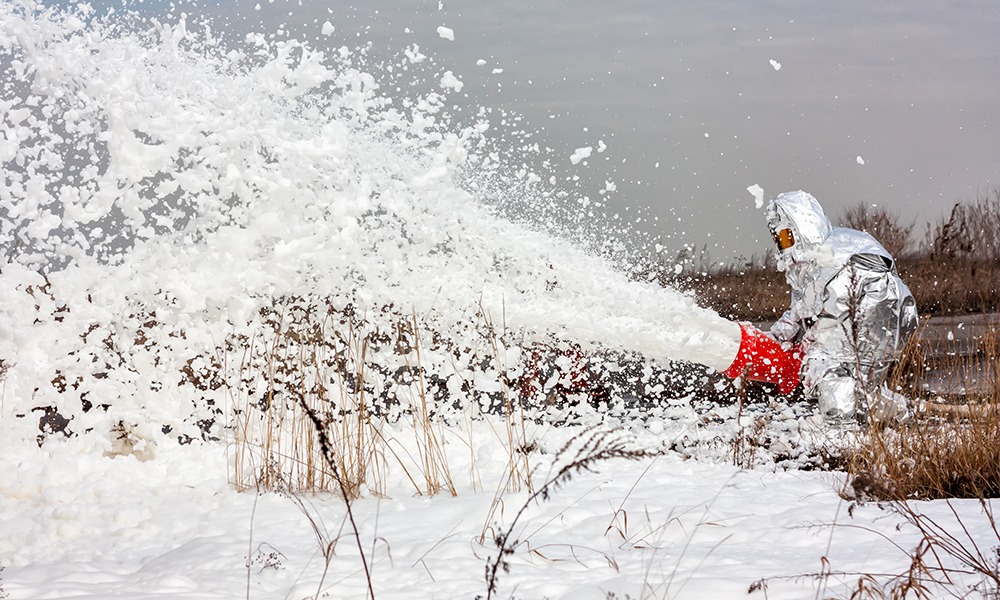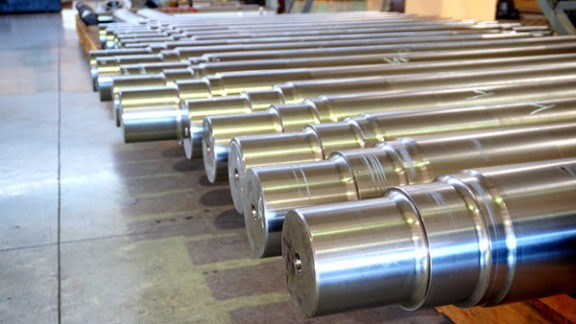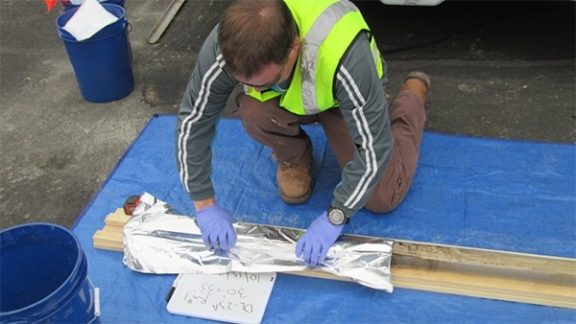Haley & Aldrich’s Yida Fang recently published an article on a critical process that impacts the transport of PFAS in the vadose zone in Groundwater Monitoring & Remediation, the magazine of the National Groundwater Association.
PFAS — short for per- and polyfluoroalkyl substances — are often found alongside weathered (or partially evaporated) petroleum hydrocarbons as contaminants at sites where firefighters have used aqueous film-forming foam (AFFF) to extinguish high-temperature petroleum fires. In the article “Partitioning of Per- and Polyfluoroalkyl Substances to Weathered Light Non-Aqueous Phase Liquid,” Yida and his co-authors share the results of their studies into how long- and short-chain PFAS were partitioned in the presence of weathered diesel and gasoline range hydrocarbon light non-aqueous phase liquid or LNAPL. Their results suggest that PFAS mass is likely to migrate from the aqueous phase to the LNAPL phase in the vadose zone — an important insight to consider when designing remediation strategies for sites contaminated by both AFFF and LNAPL.
Read the full article.




